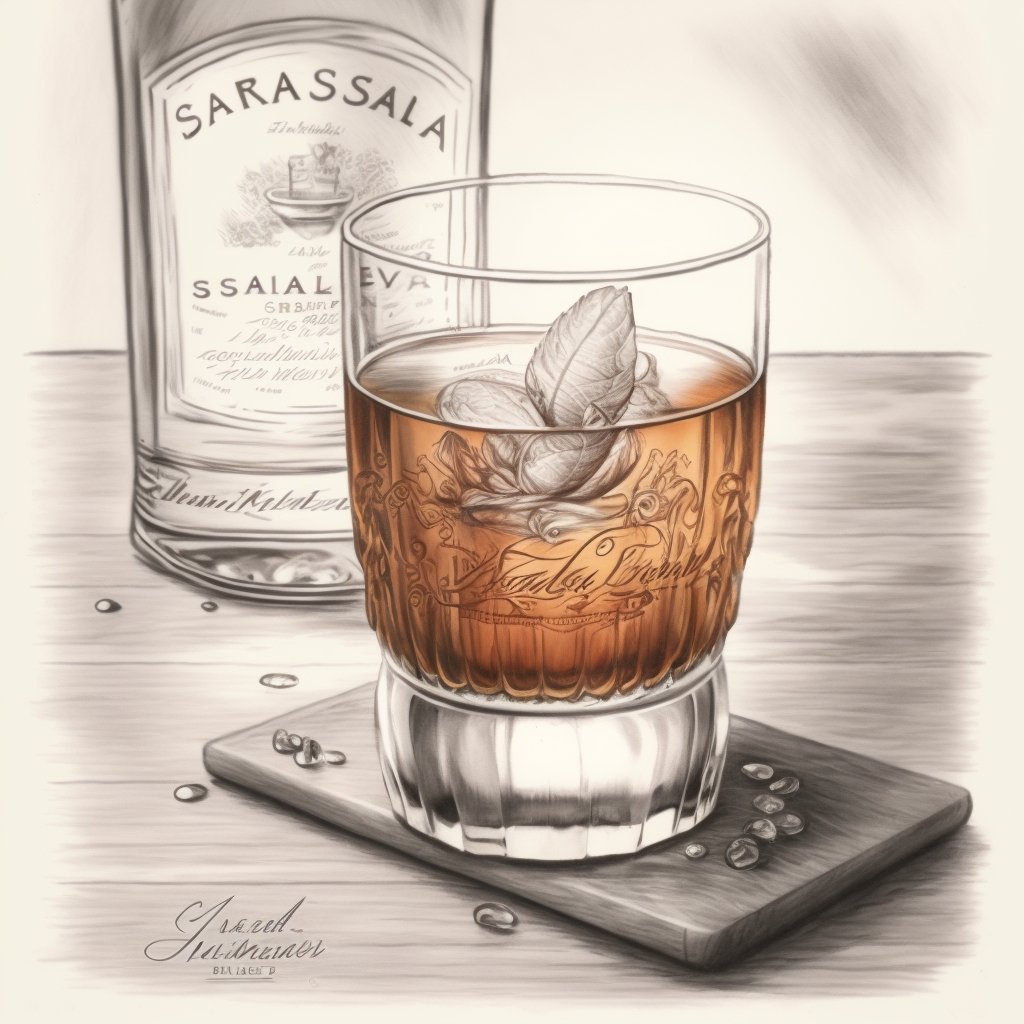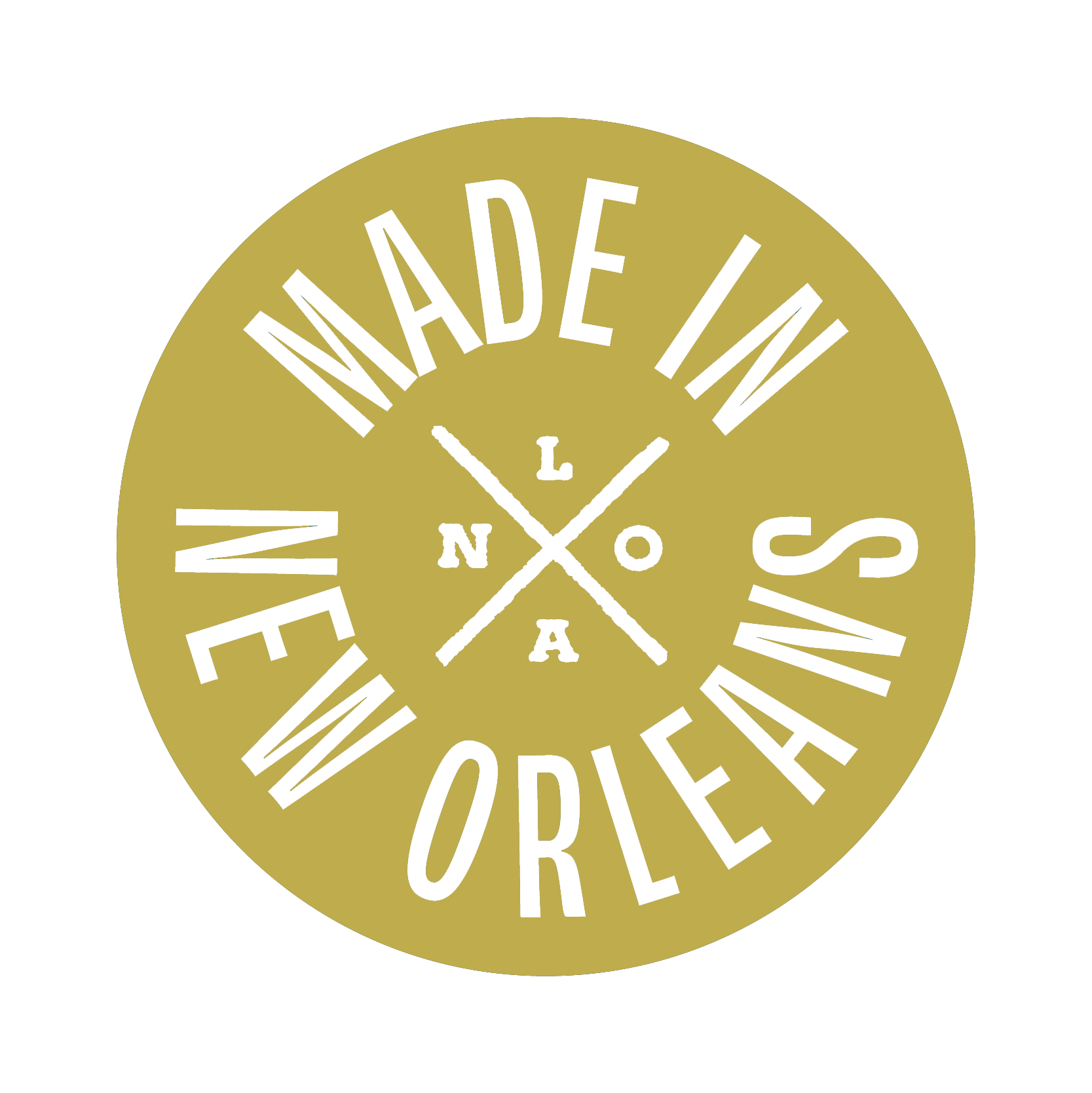For centuries, the city of New Orleans has been a hub for scientific discovery and invention, including the creation of binocular microscopes. Binocular microscopes are a type of microscope that offers users the ability to simultaneously view two images with both eyes. This style of microscope gives viewers an unparalleled level of depth perception, meaning they can better analyze and study specimens without sacrificing detail.
Binocular microscopes first appeared in New Orleans during the mid-1800s thanks to the efforts of local inventor Augustus Vogel. After developing an initial prototype in his lab, Vogel joined forces with engineer Jules Duboscq who helped perfect his design into a working instrument. These days, Vogel is often referred to as “the father of Modern Microscopy” due to his contributions in this field.
Since then, advances in technology have allowed developers to outfit modern binocular microscopes with additional features such as fluorescence and polarized light. They also tend to be much sturdier than their 19th century counterparts — capable of standing up against regular wear and tear from use.
In addition to being powerful tools for observation, creators have also found multiple uses for these microscopes ranging from medical research (to detect early signs of infectious disease) all the way to industrial inspection for quality control purposes.








Leave a comment
All comments are moderated before being published.
This site is protected by hCaptcha and the hCaptcha Privacy Policy and Terms of Service apply.